Know Your Craft: Why I Analyze My Practice (and a Peek into My Data)
One of the most empowering choices I make in my sewing and adjacent crafts practice is to track and analyze data. Every year I keep a robust spreadsheet that contains detailed information about each project. At the year’s end, I ask myself, What stories are here? What do I want to know? I then use data visualization tools like charts and tables to illustrate the information. Below, a look at some of my annual numbers along with thoughts on their insights.
Dollars Spent
Last year was the first time that I consistently tracked dollars spent. While the end-of-year total was an emphatic reminder that having an art or craft practice isn’t cheap, it wasn’t particularly surprising. Mainly, I was pleased to establish a baseline for subsequent years’ spending.
Here’s the cost breakdown, two ways. It’s worth noting that the grand total of dollars spent came out to $183 per month. I find a monthly breakdown useful as I’m more apt to look at spending and earning in terms of months.
Data Limitations
Even good data can be misinterpreted. For example, the “Fabric & Notions” amount — which is mostly fabric, to be fair — is a substantial slice of the pie. Upon first glance one might assume that I sewed $1665 worth of fabric and notions, but that’s inaccurate. The materials purchased within a year don’t neatly correspond to the garments actually made. In November, I placed a sizable fabric order during the holiday sales while having unused yardage from previous orders. I headed into 2025 with about 25 garments’ worth of fabric.
The same goes for patterns. I didn’t sew all purchased patterns, but sewed some more than once.
Savings Considerations
Last year I was in an area with limited fabric options, so I mainly sourced from a handful of online shops that offer free shipping for larger orders. These savings, along with ecological considerations, made bulk purchases preferable. One issue with this approach is having to plan projects well in advance of actually sewing them. Inevitably, I lost enthusiasm for certain ideas, or new ones were prioritized in the backlog.
Printing PDF patterns was similar. With a lack of affordable copy shop printing nearby, I ordered from an online service with savings contingent on multiple prints per purchase.
2025 Forecasting and Progress Report
My goal for this year is to use a substantial portion of my fabric stash before restocking, and I’m pleased to report this is well underway. Ideally, I’ll slash this category by at least 65%.
While I enjoy buying new patterns, I’m always searching for something foundational — a go-to, versatile design that I can make multiple times. Last year, I discovered a few such patterns, which have already led to less purchases this year.
I spent about $155 on printing PDF patterns; however, I also bought a short throw projector which has already reduced this year’s printing expense. At $175, I figure it’ll essentially pay for itself in a year or so.
While I appear to be on track to spend less in 2025, I do foresee a couple of equipment purchases that could negate any overall reduction.
Other Stats
Below is the breakdown for sewing project categories, two ways. I made a total of 27 projects for a year-over-year increase of 35%. This is an average rate of 2.25 projects per month. For my schedule, a consistent output of 2-3 garments per month is a steady, sustainable pace that mitigates the risk of burnout.
Evidently, I tend to sew pants over dresses and skirts and this preference endures. One glaringly absent category is outerwear though. Based on this insight, I recently made a lightweight coat and have another planned for the coming month.
Of my 27 projects, I sewed a total of 18 different patterns. The Top 3 pattern designers chart is based on the number of garments made from each, including repeats.
I purchased 11 patterns and made 5, which is a completion rate of slightly less than 50%. Not included in the chart below are 3 patterns gifted for testing, for which the completion rate is 100%.
Improving Metrics
This year, I plan to calculate the fabric and materials cost per garment for a couple of projects. I’d also like to track time spent. Seeing the materials and labor cost per project will be especially illuminating. I expect it to be in the hundreds based on a fair labor rate alone, but how many hundreds is to be determined.
Final Thoughts
Arts or crafts by no means have to be functional, but I certainly find satisfaction in the pragmatic nature of mine. Since I now make most of my wardrobe, my sewing costs have offset money formerly spent on ready-to-wear clothes.
Analyzing data allows for deeper insights than simply collecting it. It prompts consideration of what’s most useful and what’s missing. I understand my habits better and can pinpoint any that I’d like to adjust. There’s room for creativity in the interpretation too. It’s fun to experiment with different ways of looking at things. If done annually, gaining that year-over-year perspective is especially gratifying.
When I first began, I kept limited information on my projects, but over the years the number of categories has increased. For anyone considering data tracking, I recommend starting off with just a few categories in a spreadsheet application like Excel or Sheets. These have options for converting the data to visuals like pivot tables and pie charts. Try it for a year and get more detailed from there.


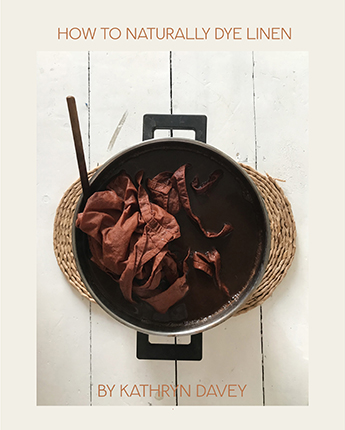
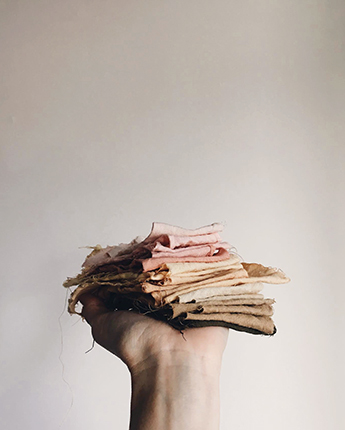

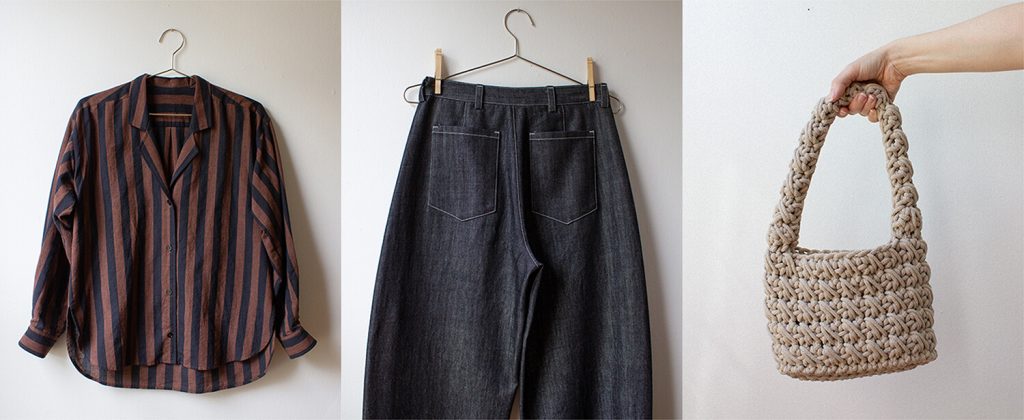
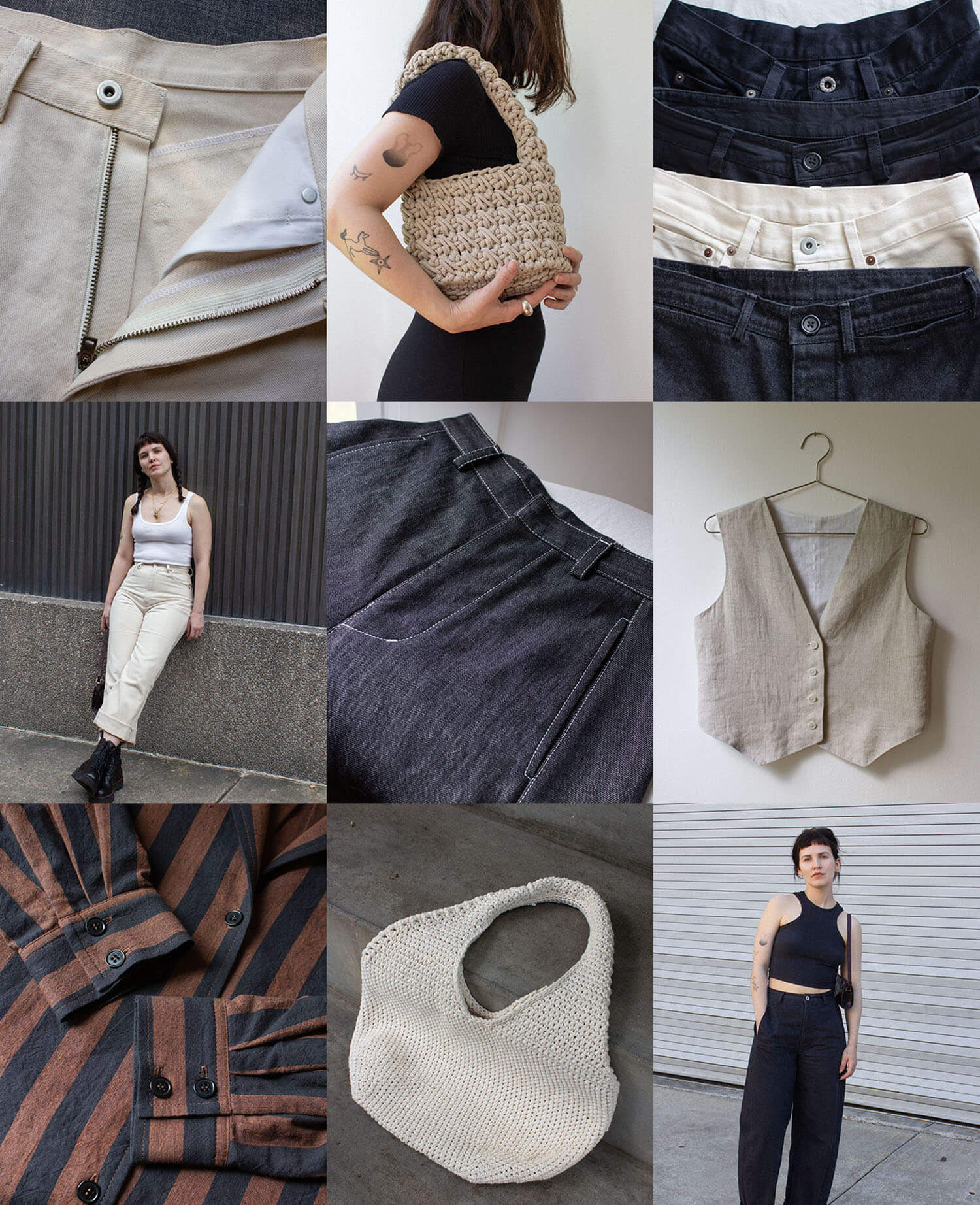
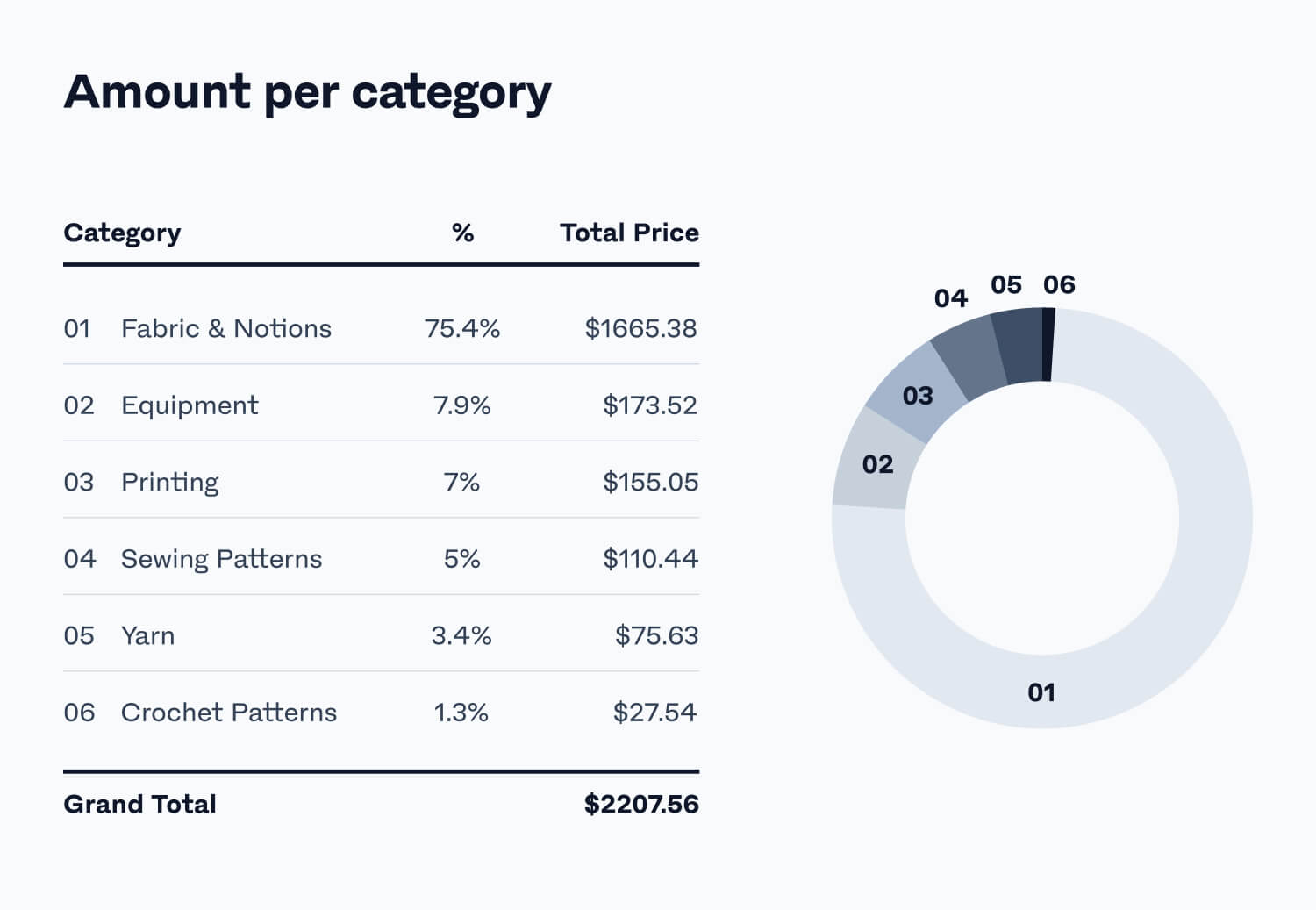
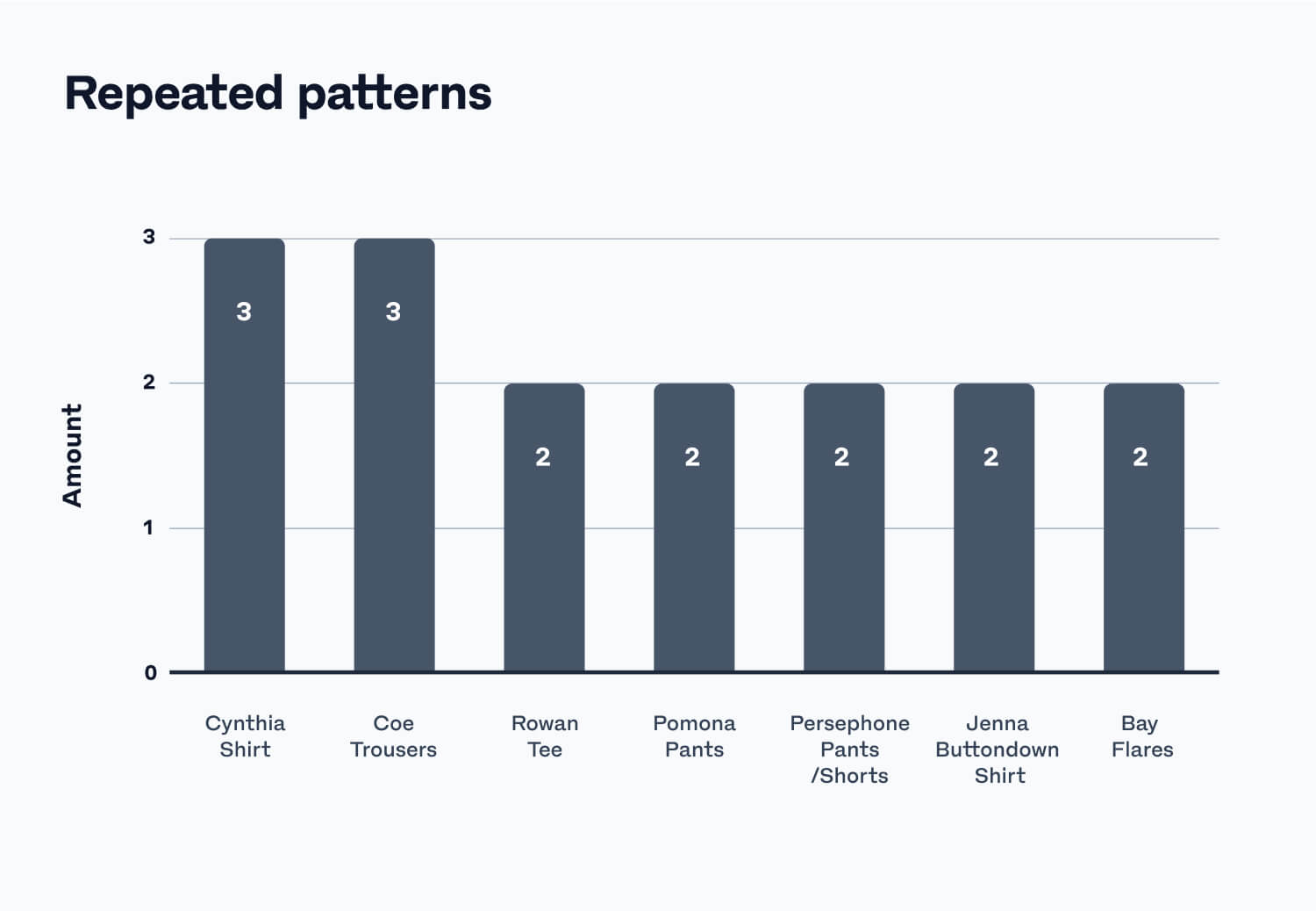
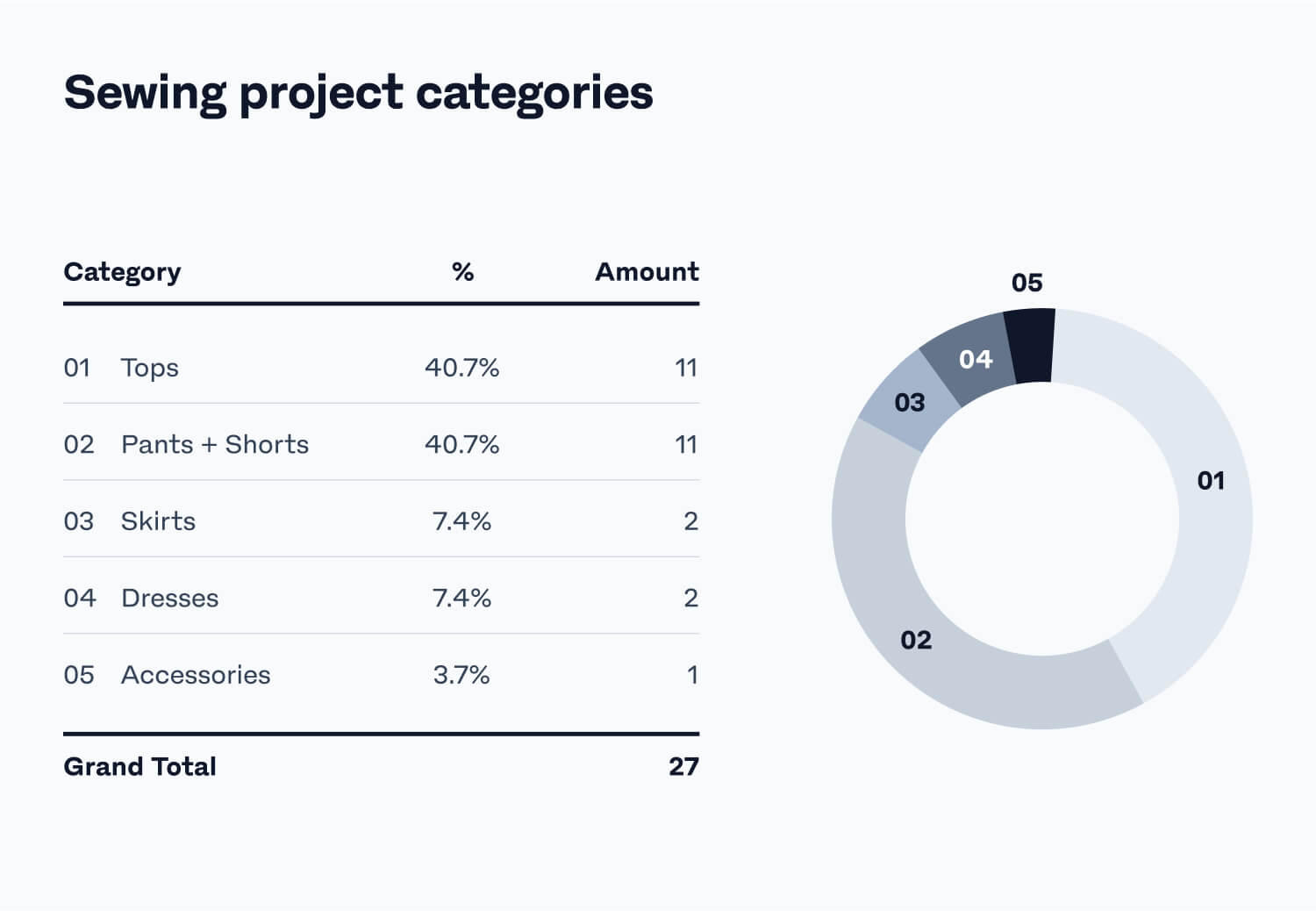
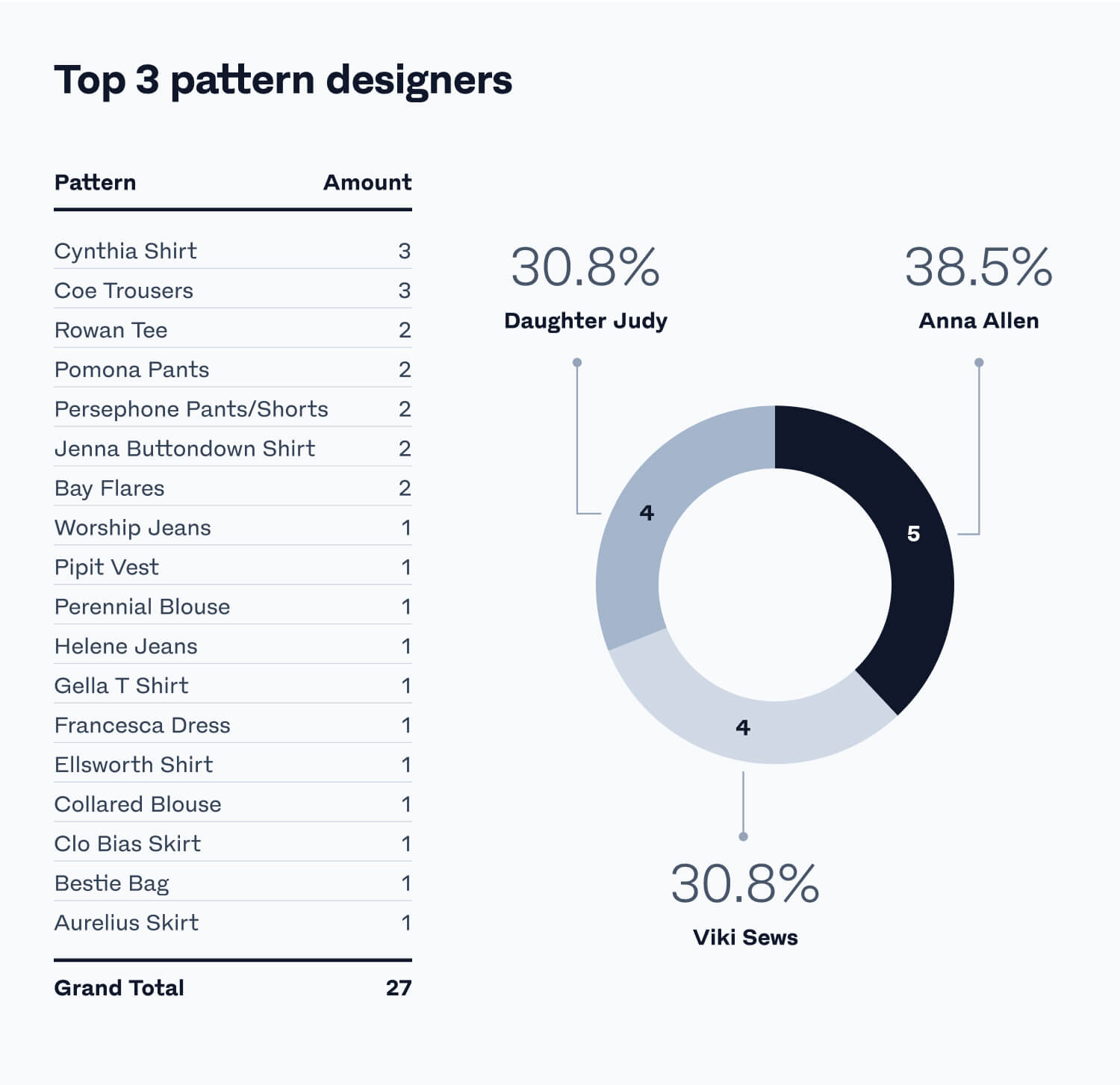
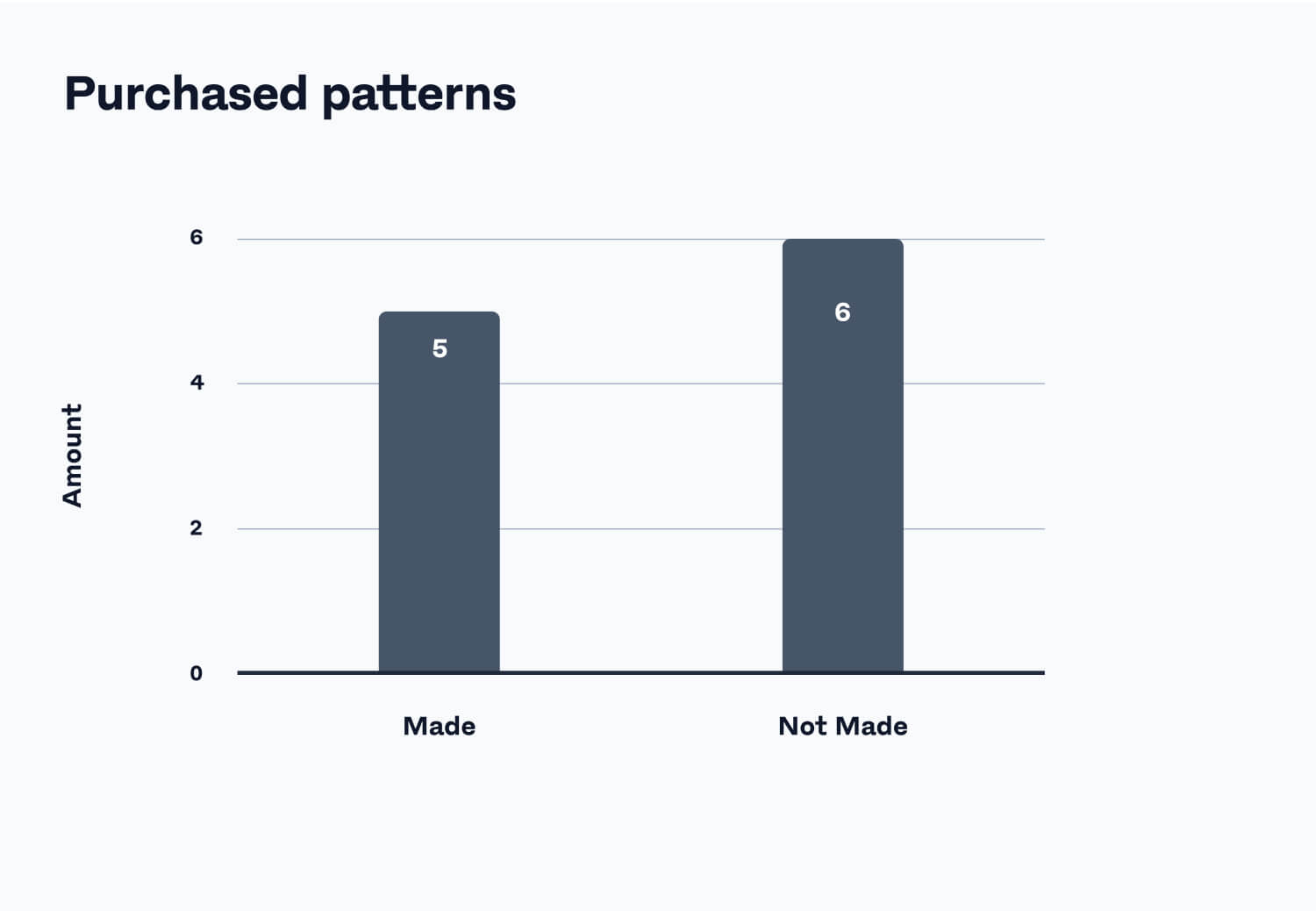
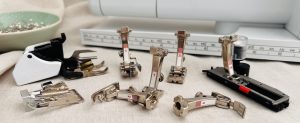
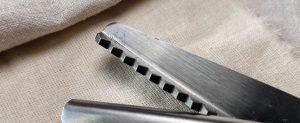
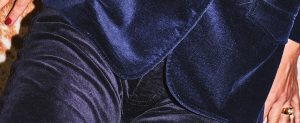
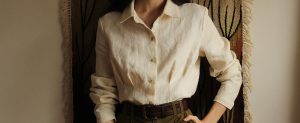
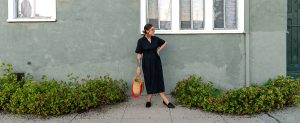

































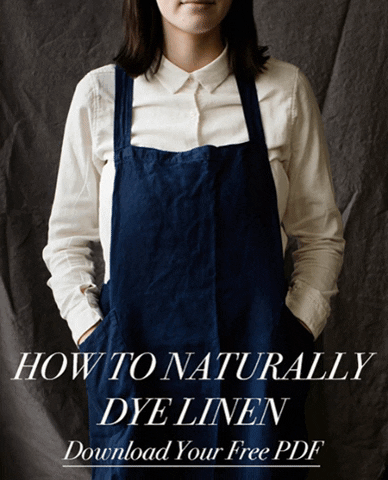

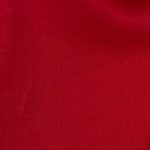
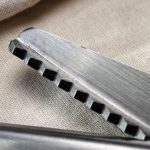

6 Comments
Anne Culbertson
Not only have you mastered sewing, you’ve also achieved greatness in data management! Beautiful charts — did you use Google Sheets for this? And your topstitching is untouchable; WELL DONE!
Theresa Whiting
Thank you for the kind words! Yes, I use Google Sheets, but its charts were redesigned for this post for better readability.
Monica Morant
what a fabulous breakdown of data! when i read mention of pattern printing, i immediately thought to suggest a projector and then later read where you’ve purchased a short throw projector. while a slight learning curve to set up and begin cutting your first patterns, i hope that it opens up so much more efficiency and productivity in your sewing. say goodbye to the expense of paper or printing service while also being more sustainable in your practice. would be worth tracking in your data how the projector changes your overall productivity and allows you to sew more garments per month/year. BRAVO!! and if you haven’t already, the “Projectors For Sewing” Facebook group is an amazing resource and group of folks who are on standby to answer any questions you may have to help you get set up and projecting/cutting. they will walk you through any roadblocks you might encounter.
Theresa Whiting
Yes! The projector has already saved me money on printing. Also agree that it’s a learning curve (and I’m still in that phase, lol). I have consulted the FB page more than once when questions came up!
Vicki Lang
Thank you for the break down. Sometimes sewers don’t realize how much they spend. I am one of those people.
Theresa Whiting
Happy to share! I agree, it’s illuminating to see the actual amount!